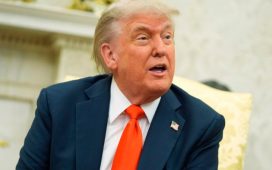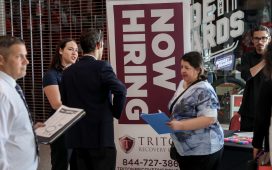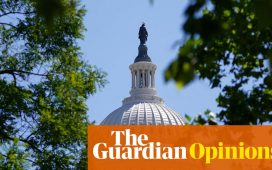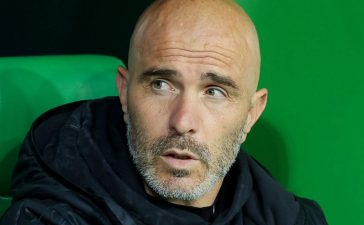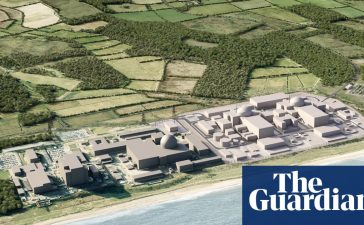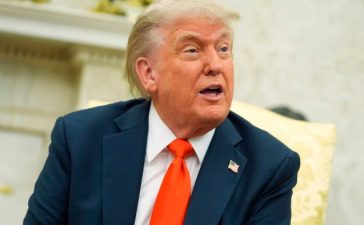The eyes of the world’s financial markets will be firmly trained on the Rocky Mountains resort of Jackson Hole on Friday. This is when Jerome Powell will deliver a much-anticipated speech at what, over more than four decades, has become the Davos for central bankers.
In an address loaded with economic and political significance, the chair of the Federal Reserve – the US’s central bank – is expected to lay out a road map for US interest rates.
His immediate audience will be the other central bankers, academics and journalists invited to spend three days discussing the finer points of monetary policy at the Jackson Lake Lodge, more than 2,000 metres up in the Grand Teton national park in north-west Wyoming.
But Powell will choose his words carefully, because Wall Street will be examining the speech for clues as to what the Fed will do at its policy meeting next month – and thereafter. So, too, will the rivals in the race for the White House – Kamala Harris and Donald Trump. November’s presidential polling day is looming.
Financial markets appear febrile, and every indicator on the health of the US economy is being pored over. Earlier this month, concerns about a potential recession in America and the path of Japanese interest rates caused a brutal stocks sell-off, before US markets bounced back and enjoyed their best day of trading in nearly two years.
Harris will be hoping the Fed has not left it too late to cut rates because the US economy has cooled in recent months and she does not want to fight the election with the country flirting with recession. Whatever the Fed decides, Trump will argue that the economy has performed poorly since he lost to Joe Biden in 2020. Powell, a Republican, was nominated by Trump in 2017.
Like Davos, venue for the World Economic Forum’s annual get-together in the Swiss Alps, Jackson Hole is in remote mountain country. In 1982 it was chosen by the Federal Reserve Bank of Kansas City as the venue for its annual high-level symposium because one of Powell’s predecessors – Paul Volcker – thought it was a good place to indulge his passion for fishing.
Since then, rarely has a year gone by without the Fed chair making a Jackson Hole appearance. In August 2008, Ben Bernanke gave a speech there on the theme of reducing systemic risk. Less than a month later, the collapse of US investment bank Lehman Brotherssent shockwaves through the global financial system.
Andrew Bailey, the Bank of England governor, is on holiday in the neighbouring state of Idaho, and will be giving his own speech to the symposium. Bank sources said Bailey would provide few clues as to whether he and the other eight members of the monetary policy committee would be cutting UK rates next month, but instead would focus on the impact of past decisions.
The focus, however, will be firmly on Powell. After sitting on its hands in July, the Fed’s Open Market Committee (FOMC) has seen unexpectedly poor jobs figures and slightly weaker data on inflation than was forecast.
Markets have stabilised and there is no longer talk of an emergency rate cut being announced between the Fed’s scheduled meetings. The betting is that the Fed chair will signal a quarter-point cut in September – with more to follow.
Andy Schneider, senior US economist at BNP Paribas, said that while Powell would not rule out a 0.5 percentage point cut in interest rates in September, he was likely to downplay fears that the Fed was behind the curve or that the US economy was rapidly deteriorating.
“We expect Powell to signal that incoming data supports the FOMC beginning to normalise policy imminently, all but cementing expectations for a September rate cut,” he said.
Kallum Pickering, chief economist at Peel Hunt, said: “The Fed will probably react to the gathering clouds by easing monetary policy by more and faster than we had expected.”
Pickering now expects three instead of two 0.25-point cuts in 2024, and four instead of three 0.25-point cuts in 2025, to take the central US interest rate to 4.75% by the end of this year and to 3.75% by the end of 2025.
With the Fed expected to cut rates in every meeting it holds from next month until June 2025, Powell’s speech could mark the start of a busy period for central bankers.

